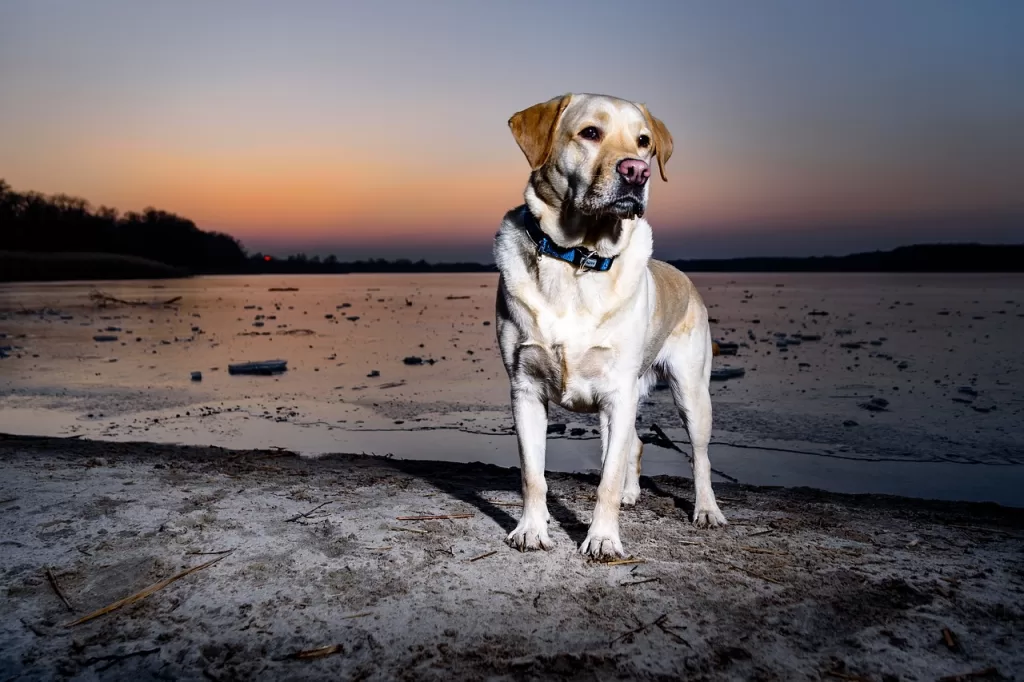Shy No More: Strategies for Building Confidence in Dogs

Introduction:
Dogs, like humans, can experience varying levels of confidence. Some dogs exude boldness in every step, while others may be more reserved and shy. Just like people, shy dogs can benefit from strategies aimed at boosting their confidence and helping them navigate the world with greater ease. In this blog, we’ll explore some effective strategies for building confidence in shy dogs, helping them become more comfortable and secure in their surroundings.
Understanding Shyness in Dogs:
Before diving into strategies, it’s essential to understand what shyness looks like in dogs. Shyness in dogs can manifest in various ways, including trembling, hiding, avoiding eye contact, cowering, or even exhibiting submissive behaviors like submissive urination. It’s crucial to recognize these signs and approach building confidence with patience, empathy, and understanding.
Create a Safe Environment:
Creating a safe and predictable environment is key to helping shy dogs feel secure. Provide a designated space in your home where your dog can retreat to when feeling overwhelmed. This space should be quiet, comfortable, and free from any potential stressors. Additionally, establish a consistent routine for feeding, walks, and playtime to give your dog a sense of stability and security.
Positive Reinforcement Training:
Positive reinforcement training is a powerful tool for building confidence in shy dogs. Use treats, praise, and rewards to reinforce desired behaviors and gradually expose your dog to new experiences in a positive and controlled manner. Start with small, manageable challenges and gradually increase the difficulty as your dog becomes more confident. Celebrate your dog’s successes and be patient with setbacks, always focusing on progress rather than perfection.
Socialization:
Proper socialization is crucial for helping shy dogs gain confidence around other dogs and people. Start by introducing your dog to familiar and friendly dogs in controlled environments, such as a quiet park or a friend’s backyard. Gradually expose your dog to new experiences, people, and environments, always prioritizing their comfort and safety. Positive interactions with other dogs and people can help shy dogs build trust and confidence over time.
Engage in Enriching Activities:
Engaging your dog in enriching activities can help boost their confidence and provide mental stimulation. Activities such as puzzle toys, interactive games, and agility training can help shy dogs build problem-solving skills, increase their self-confidence, and strengthen the bond between you and your furry friend. Tailor activities to your dog’s interests and abilities, and always provide plenty of positive reinforcement and encouragement.
Patience and Persistence:
Building confidence in shy dogs is a gradual process that requires patience and persistence. Be prepared to progress at your dog’s pace, allowing them to take breaks and retreat to their safe space when needed. Celebrate small victories and stay consistent with training and socialization efforts, even in the face of setbacks. With time, patience, and positive reinforcement, shy dogs can overcome their fears and blossom into confident companions.
Conclusion:
Helping shy dogs build confidence is a rewarding journey that requires patience, empathy, and understanding. By creating a safe environment, using positive reinforcement training, prioritizing socialization, engaging in enriching activities, and maintaining patience and persistence, you can help your shy dog develop the confidence they need to thrive in the world. Remember to celebrate your dog’s progress, no matter how small, and cherish the bond that grows as you embark on this journey together. With your love and support, your shy dog can become a confident and happy member of your family.
Shy No More: Strategies for Building Confidence in Dogs Read More »

